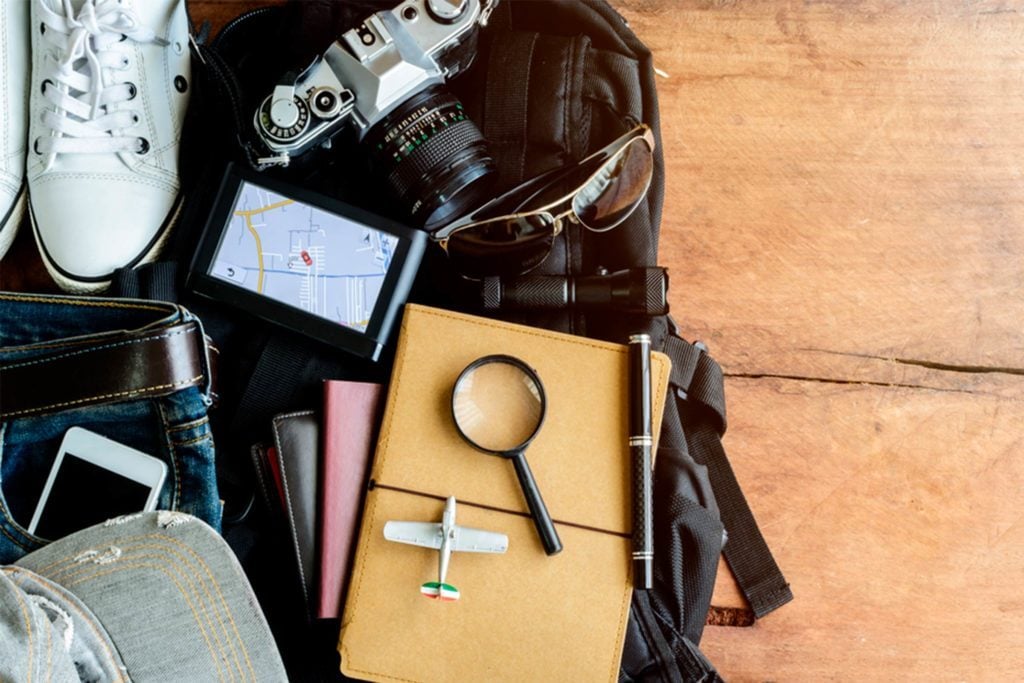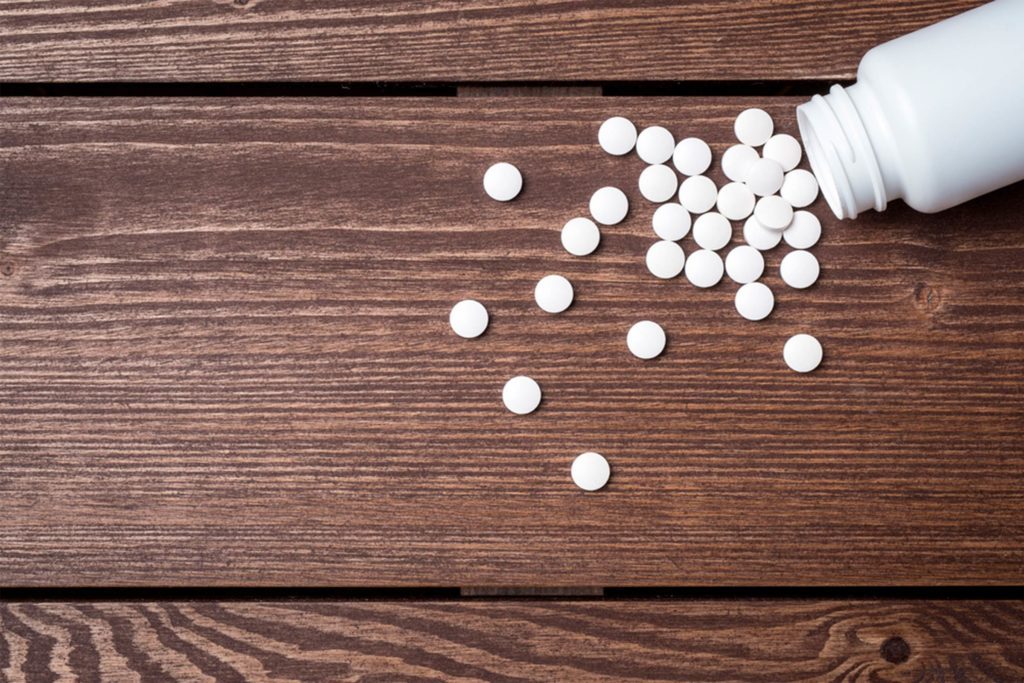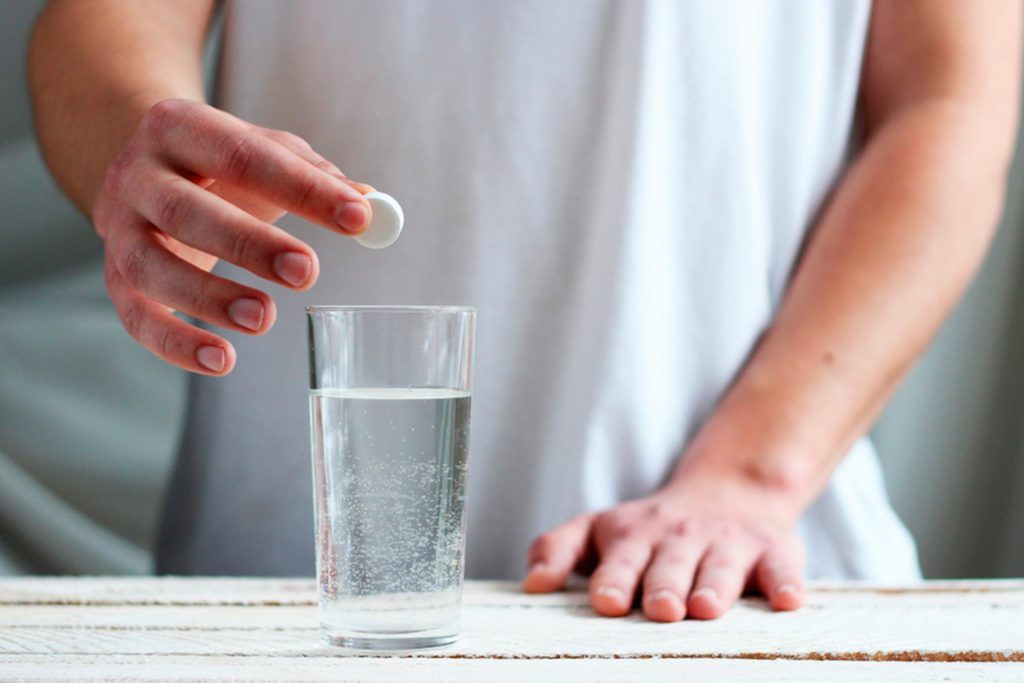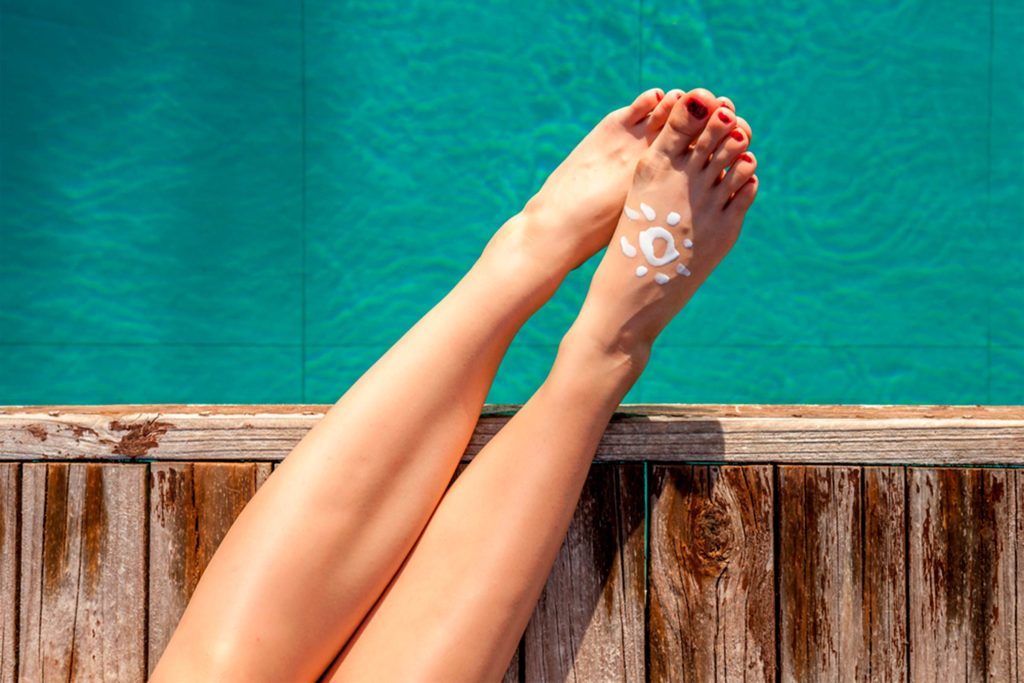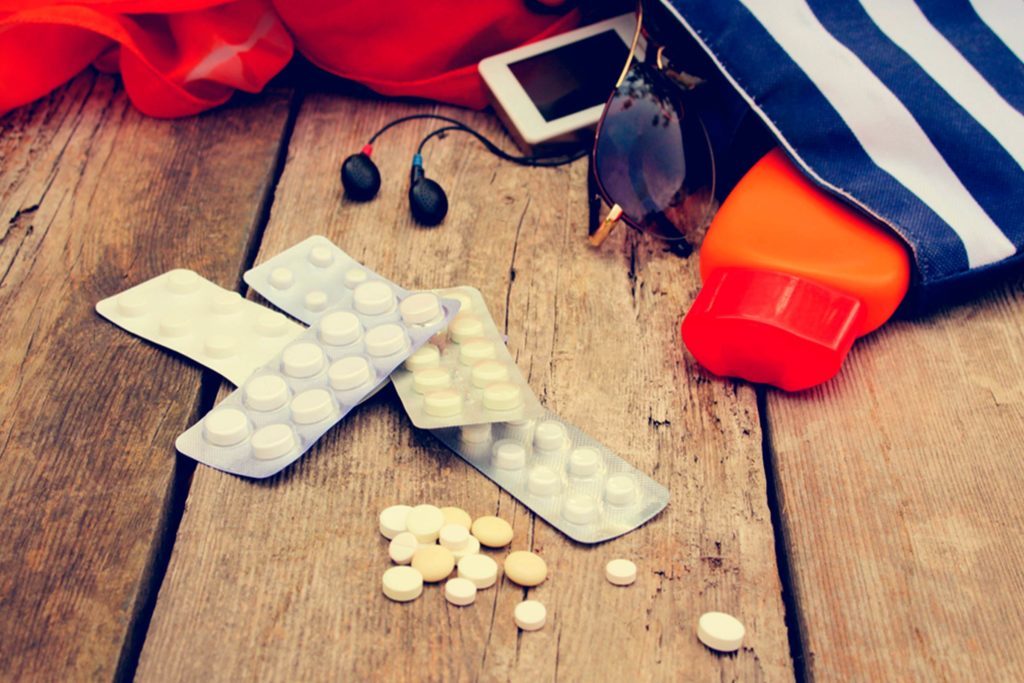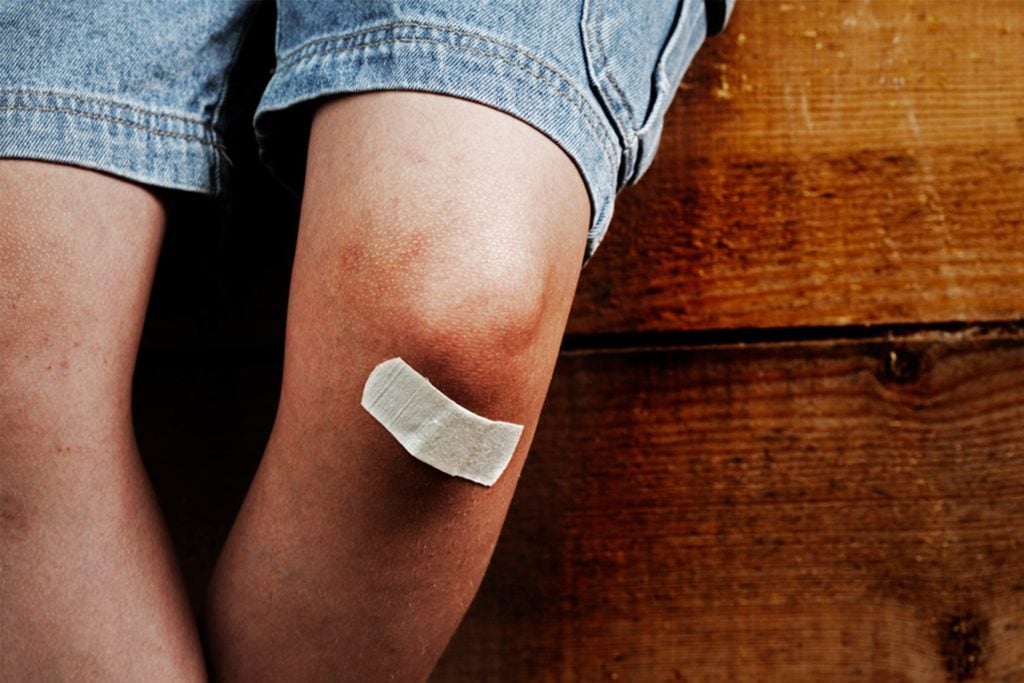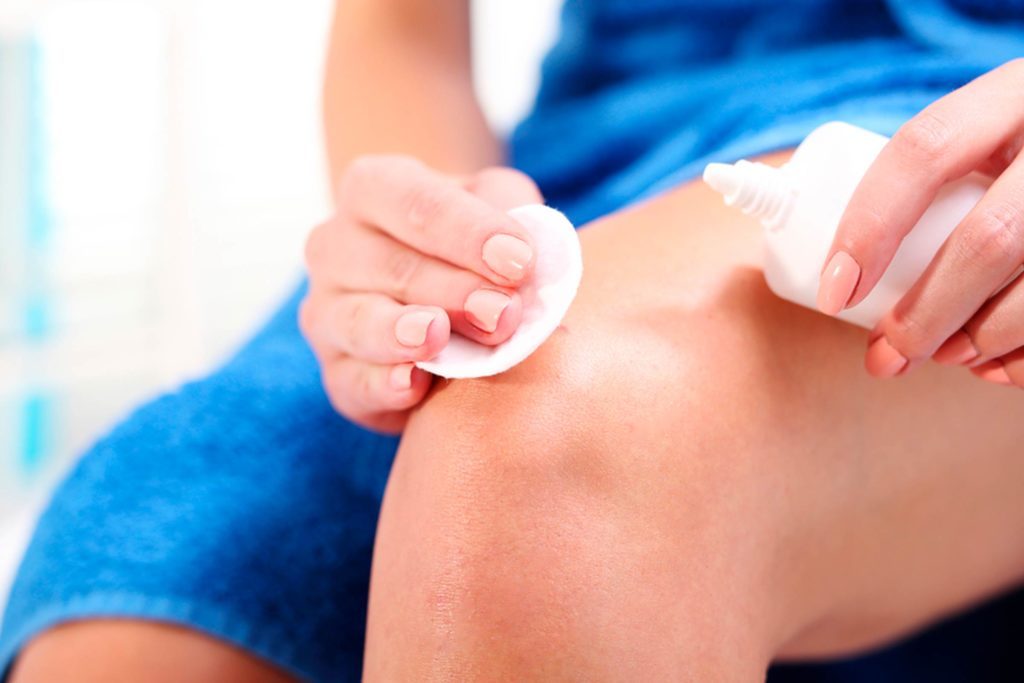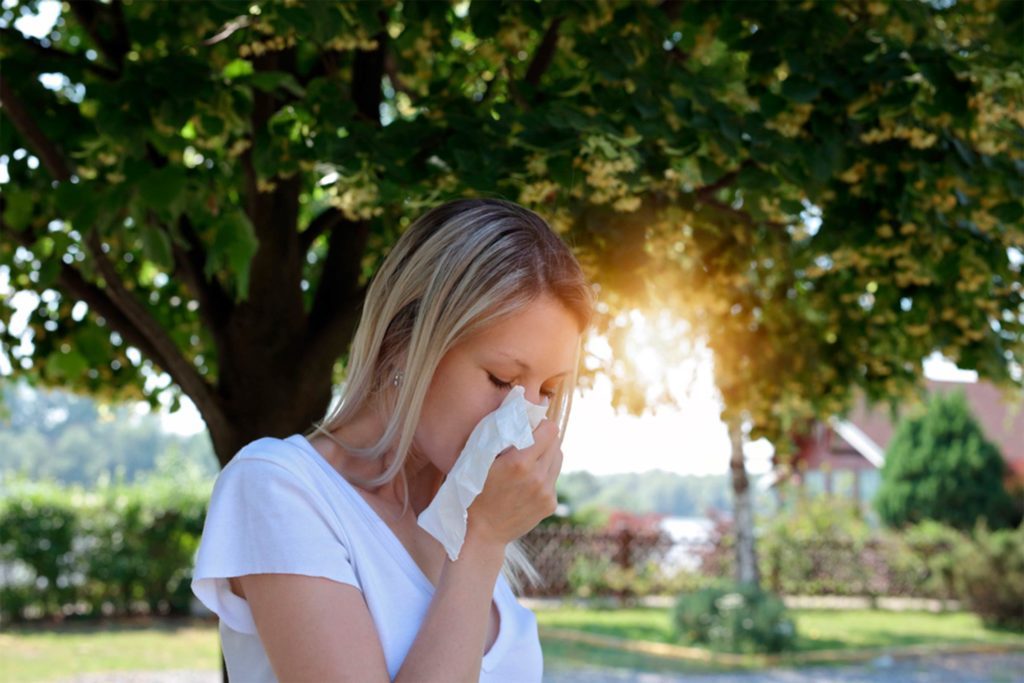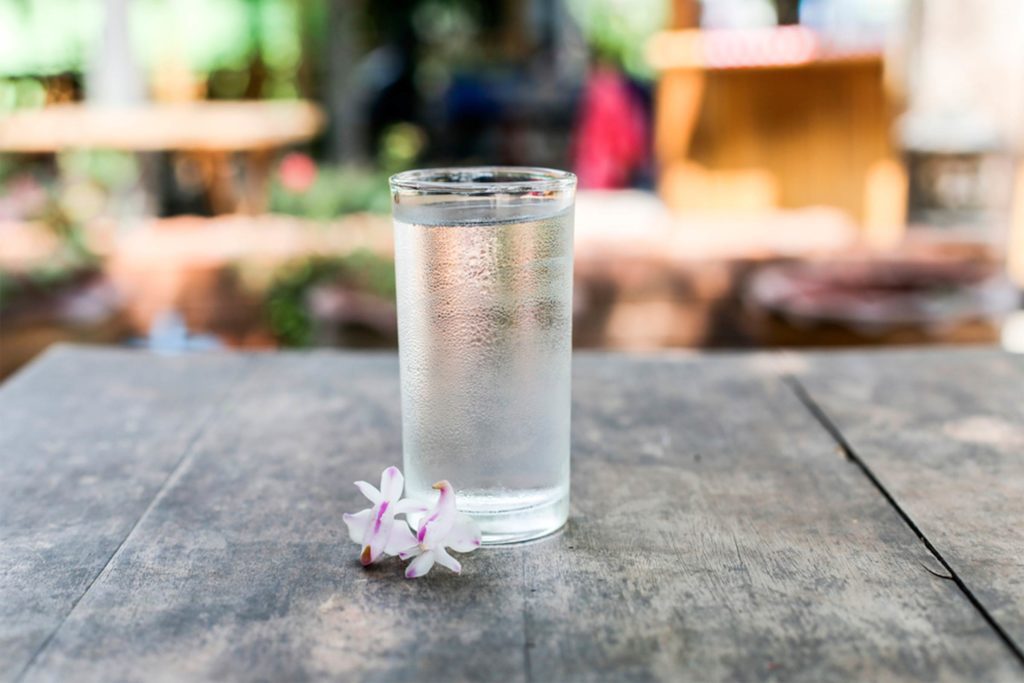First aid course in Canberra. Looks like a great training day for electrical workers. Learn the basics of first aid in a Canberra First Aid course. We provide training. Free manual, free first aid mask. Book in now on our website at www.canberrafirastaid.com
TWO power station workers have suffered horrific burns and shrapnel injuries in an explosion and are screaming for the pain to end.
Elsewhere, a pedestrian lays bloodied and moaning with his mangled leg caught in the wheel arch of a crashed 4WD.
These were just two of the confronting scenarios presented to participants as mock accidents in the Power Industry Safety Day, at Eraring, today.
The competition, which was first held in 1958, tests the first-aid training and fire-fighting skills of the state’s energy generation companies.
Antony Cotic, the site materials and facilities manager for the event hosts, Origin Energy, said it was always a day of friendly competition with a deadly serious purpose.
“Many of the 100 participants we have here today represent a cross section of occupations from the power industry, including tradesmen such as fitters and electricians, as well as OH&S, support, and site services staff,” Mr Cotic said.
They are people who have undergone first-aid and fire control training at their work sites.
“If there was an accident or injury at their workplace, they are the people who would be the first responders until the emergency services arrive,” Mr Cotic said.
“We do this every year to keep our skills and training up to date.”
Employees from Origin Energy, AGL, Energy Australia, and Delta Electricity took part in a range of fire-fighting drills against the clock, and three accident scenes where first-aid skills were tested.
Barry O’Regan, of Freney First Aid, was among the team of adjudicators who assessed and rated the participants’ first-aid work at the mock accident scenes.
“This is practical, pragmatic training,” he said.
It’s unsettling to watch the accident scenes play out.
In the car accident scenario, one casualty is unconscious and pinned by a 4WD against a tree, while another man lays screaming in agony with his leg caught in the wheel-arch.
To add to the realism, fake blood and wounds are applied.
If that isn’t enough to rattle the first-aiders, an hysterical witness is added to the scenario. She’s in their faces, making shrill demands, and adding to the overall stress levels of all involved.
Mr O’Regan said it was all good stuff.
“Getting high-quality training that is realistic is important so that you have the framework to deal with a scenario like this in real life,” he said.
“It means that the visual shock effect is diminished.”
Mr O’Regan said the intensity of the acting by the casualties was matched by the calibre of the first-aid administered by the teams under pressure.
He said the same principle applied to everyone, not just power industry staff: the quality of your first-aid training would ultimately determine the quality of your performance in a real-life emergency.
He said first-aid training was like insurance: “It’s something you buy which you hope you’ll never have to use.”
Mr Cotic said the day was also a valuable chance for power station employees from rival companies to enjoy camaraderie.
“Being in the power generation industry, we all know and understand the hazards and risks we face every day,” he said.
“There is definitely camaraderie there, but a friendly rivalry, too.”
Prior to today, Eraring last hosted the safety day in 2013, when it won the first-aid competition.
Energy Australia is the event’s defending overall champion.
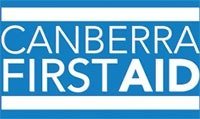
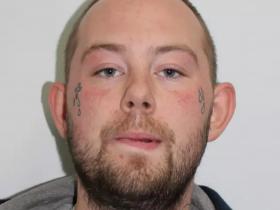





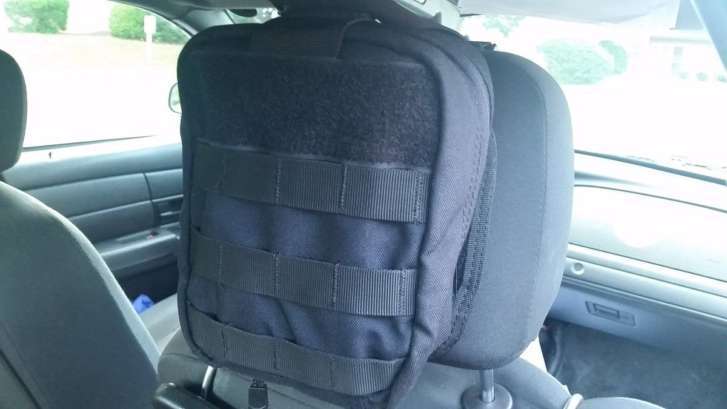 These nondescript black packs attached to the back of the passenger seat headrest in police cruisers have been powerful when it comes to saving lives in an emergency. (WTOP/Kathy Stewart)
These nondescript black packs attached to the back of the passenger seat headrest in police cruisers have been powerful when it comes to saving lives in an emergency. (WTOP/Kathy Stewart)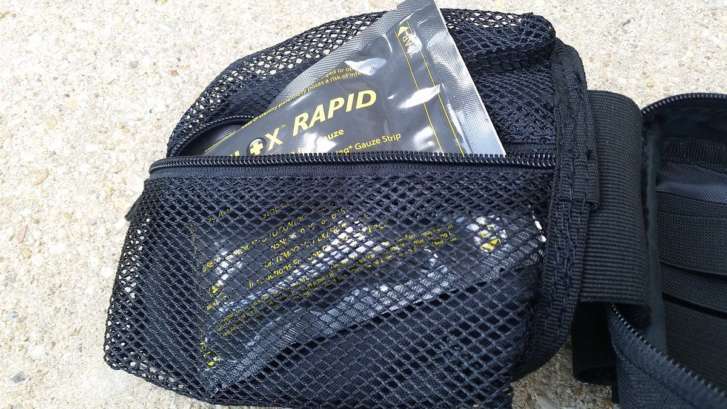 The kits were initially meant to treat police officers who had been wounded, but officers have been using them more often to save the lives of citizens at various shooting and stabbing scenes.(WTOP/Kathy Stewart)
The kits were initially meant to treat police officers who had been wounded, but officers have been using them more often to save the lives of citizens at various shooting and stabbing scenes.(WTOP/Kathy Stewart)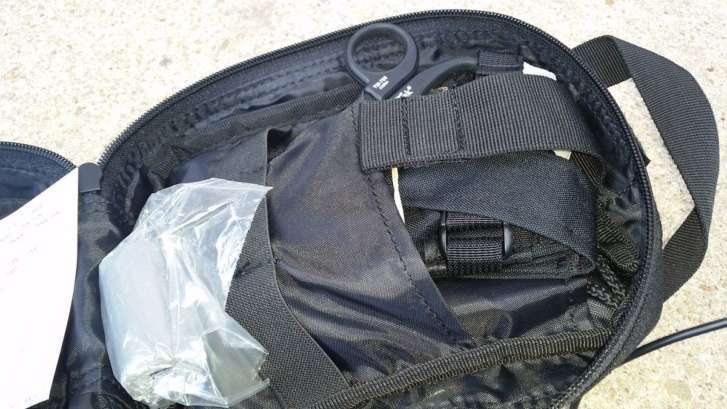 So, what’s inside the kit? Police Cpl. George Harley says it’s basic equipment; there’s a tourniquet, Celox Rapid (a quick blood clotting agent), gauze, bandages and scissors.
So, what’s inside the kit? Police Cpl. George Harley says it’s basic equipment; there’s a tourniquet, Celox Rapid (a quick blood clotting agent), gauze, bandages and scissors.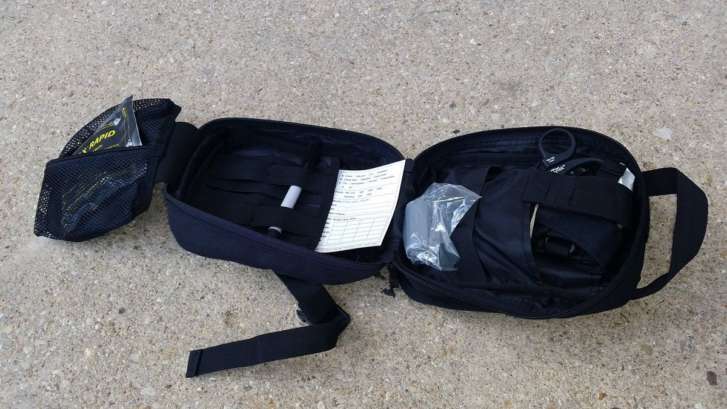 The kit also contains a nasopharyngeal tube which can be used on victims of severe facial injuries to restore an airway. So far, Harley says, this is the only piece of equipment in the kit that has not been used. (WTOP/Kathy Stewart)
The kit also contains a nasopharyngeal tube which can be used on victims of severe facial injuries to restore an airway. So far, Harley says, this is the only piece of equipment in the kit that has not been used. (WTOP/Kathy Stewart)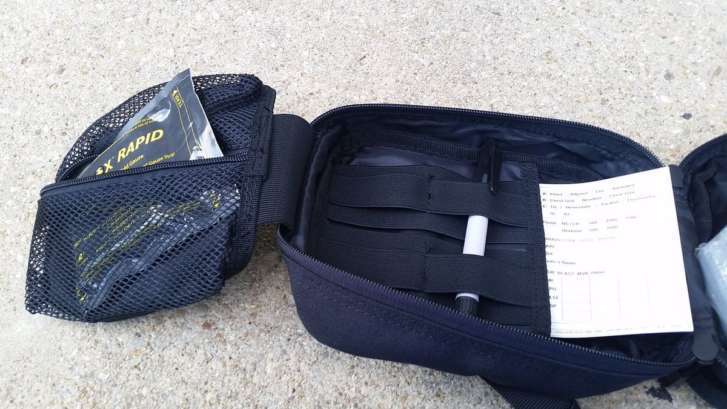 Also in the kit is a chest seal used for any kind of gunshot wound or wound to the torso. The chest seal can help prevent the lungs from collapsing, which can be life-threatening. (WTOP/Kathy Stewart)
Also in the kit is a chest seal used for any kind of gunshot wound or wound to the torso. The chest seal can help prevent the lungs from collapsing, which can be life-threatening. (WTOP/Kathy Stewart)